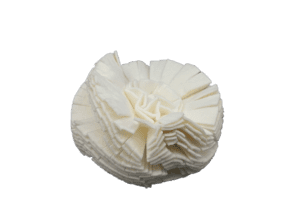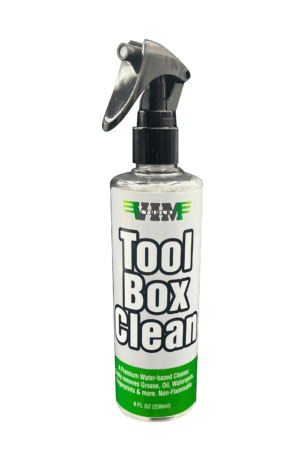- 6803 Parke East Blvd. Tampa, FL. 33610
- 800.728.4942
- 813-231-6305
Showing all 5 resultsSorted by price: high to low

Paint Rescue Pick

VIM TOOLS X FLITZ
FLITZ POLISH PASTE IN VIM MAGNETIC JAR

VIM TOOLS X FLITZ
5″ POLISHING BUFF BALL

VIM TOOLS X FLITZ
CERAMIC SEALANT SPRAY 8 OZ.

VIM TOOLS X FLITZ
TOOL BOX CLEANING SPRAY, 8 OZ